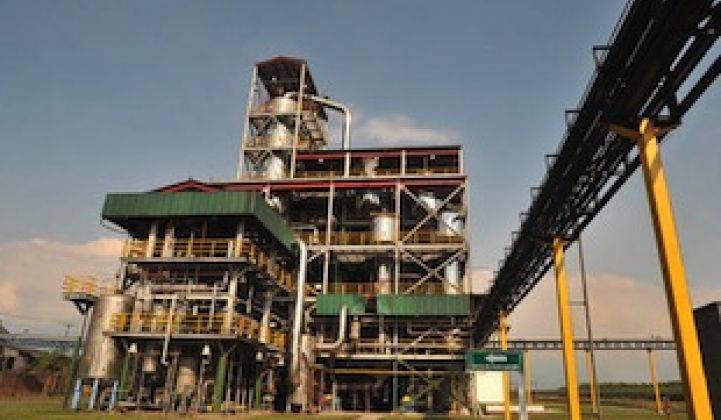The development cycles for projects using established technology are famously lengthy in the energy sector, while the length of time it takes for new technology to be developed and brought to commercial scale runs to decades, if not longer.
The advanced biofuels business, lent a generous mandate by U.S. politicians against the backdrop of fears over energy security and rising oil prices in the middle of the last decade, has managed to accelerate the development cycle to a degree that would have been unimaginable a decade ago, representatives for the industry said on a call with reporters recently.
Producers of advanced biofuels -- the next generation of fuels derived from plants, if corn ethanol is held to be the current generation of biofuel -- are on edge this month as the U.S. EPA continues to fail to issue new regulations governing the required levels of production and the type of use for advanced biofuels in 2013. The federal government has repeatedly mandated levels of production that the industry has been unable to meet, in part because of slower-than-forecast technology development.
The timing couldn't be worse for the EPA to lose its nerve for promoting advanced biofuels, the executives said. Significant new production is only months from starting, and "steel is in the ground," said Abengoa Bioenergy Executive Vice President Christopher Standlee.
The modern oil refinery has had a full century of time to develop, BIO Executive Vice President Brent Erickson said: "This is a very compressed timeline for development."
The rest of the world is rushing to catch up to the U.S. lead, so backing off from policy certainty now would potentially waste that "advanced position," DuPont Industrial Biosciences Director for Biorefineries Jan Koninckx said on the call, arranged by BIO and the Fuels America coalition. Fuels America wrote an guest post for AOL Energy that can be read here.
"The U.S. has taken the global lead on advanced biofuels -- this wouldn't be the case without the RFS," Koninckx said.
***
Editor's note: This article is reposted in its original form from AOL Energy. Author credit goes to Peter Gardett.



